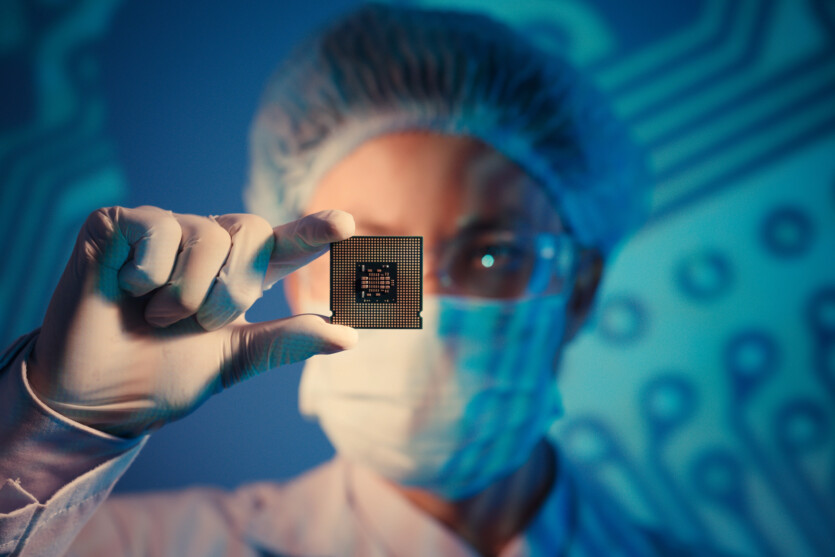
China was the first in the world to launch mass production non-binary chips based on AI, applying them in aviation and manufacturing.
It is noted that a team of scientists from Beihang University in Beijing under the direction of professor Li Hongge has created an artificial intelligence-based chip that solves the key problems of older systems by combining a binary computing system with a random or probabilistic. This allowed us to ensure high fault tolerance and energy efficiency. In addition, China is successfully implementing its own strategy to smoothly circumvent US sanctions on chips.
Professor Li Hongge explains that the key problems of modern chips are still too much energy consumption and poor adaptation with older systems. Scientists have been addressing these issues since 2022.
The binary system used in computers around the world uses variables in zeros and ones to perform calculations. Probabilistic computing uses high-voltage signals by measuring them over a specified time to generate different values. This method requires less hardware and has already been used in image processing and AI model trainingHowever, there is a significant drawback, to process information more time is needed.
Based on of probabilistic computing, Chinese researchers led by Professor Li have developed an AI-based chip for touchscreen and display using 110-nanometer technology of the leading Chinese chip manufacturer Semiconductor Manufacturing International Corporation. After that, the researchers developed another chip using a 28-nm CMOS process. The chip is designed for deep learning of AI models.
Chinese scientists have named their new algorithm «Hybrid Stochastic Number», which combines a binary system with a probabilistic one for increase productivity. In addition, the chips contain in-memory computing algorithms that reduce the need to constantly move data between memory and processors, which contributes to energy savings and increases performance.
Chinese scientists have placed the chip on a co-crystal, which makes it possible to combine different computing units to simultaneously process several tasks. The chip is currently used in intelligent control systems, such as touch screens, where it filters out background noise to detect weaker signals and improve user interaction with devices.
According to Professor Li, the team under his leadership is currently developing a special set of instructions and design adapted for hybrid probabilistic computing. They plan to use the chip in areas such as speech and image processing, accelerating large AI models, and solving other complex tasks.
China builds its first GPU on 6nm process – NVIDIA RTX 4060 performance
Source: Interesting Engineering

Spelling error report
The following text will be sent to our editors: